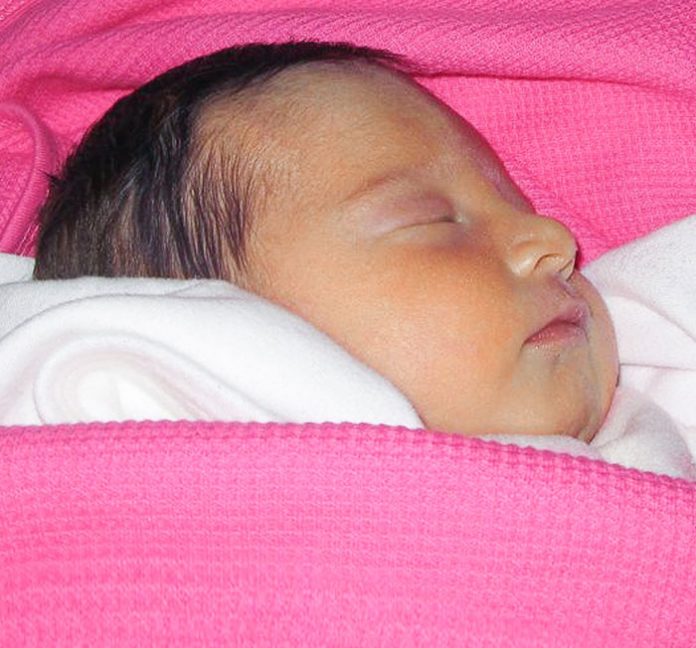When we first adopted Zeesy at birth, there was no way to know that anything was wrong. She was a happy, normal, adorable baby who giggled and cooed like any other.
Then, a few months later, right around the time we introduced solids into her diet, Zeesy began waking up disoriented. For the first hour of every day she was cranky and pushed us away, her little lips quivering as she cried. It happened every morning like clockwork. We couldn’t figure out what she wanted or how to help her.
Our doctor said it was probably a blood sugar issue. Perhaps she had diabetes or an insulin problem that was exacerbated after a night without food. But every time they tested her blood sugar, the results came back normal. There wasn’t much for us to do.
One day just before Zeesy’s first birthday, after a few months of difficult mornings, my husband was feeding her breakfast when her head suddenly dropped to the side and she started shaking. She was having a full-blown seizure in her highchair. It probably lasted under 60 seconds, but to us it felt like an eternity. As soon as it was over, Zeesy was conscious and alert, although limp. We scooped her up and ran to the car, and I held her in my arms as my husband sped off to the nearby hospital.
The doctors ran a battery of tests in the emergency room, but none of them were conclusive. “Sometimes kids have a single seizure, but they’re really fine,” the doctor told us before sending us home. They didn’t even keep her overnight.
At home, we kept a watchful eye on Zeesy. Despite the reassurances we’d received, we were pretty sure that something was wrong—especially because she kept having what we called “episodes.” These were crying fits that could last as long as an hour, but they were different from typical tantrums or meltdowns.
As soon as an episode began, Zeesy’s eyes would wander, and we could tell that she wasn’t present anymore. We’d see it starting and think, Oh, she’s gone. Zeesy would say things like “Momma, hold me!” even as I was clutching her in my arms, or she’d string together words that made no sense. We could never calm her down. There was nothing to do until she came back on her own.
Our small town of Bozeman, Montana, doesn’t have a full-time pediatric neurologist, but the city of Billings has one who comes in once a month, so we drove two hours to meet him. The neurologist ran some tests and waved us off with words like “behavioral,” essentially saying that nothing was going on. Meanwhile, Zeesy was turning two and still couldn’t walk. She had also been late to talk; most of her milestones were delayed.
We had to figure out what was wrong. We wanted to get another doctor’s opinion, but we had no leads or connections. Where would we even start?
We went from doctor to doctor in search of answers, but none were forthcoming. Then one day a friend mentioned that she’d taken her son with autism to a neurology center in New Jersey that does all the testing under one roof. Their equipment is more advanced and can often detect abnormalities that would go unseen in a usual hospital report. We called to make an appointment, and I flew to New Jersey with Zeesy. She underwent three days of testing, and the results were life-changing.
Of course, everything looks different in hindsight. The times Zeesy sobbed for close to an hour, the days she didn’t want to eat, the mornings she was disoriented—these were all symptoms of a disease we’d never heard of.
Apparently, our little girl was having seizures around the clock. The dramatic one she’d had during breakfast was a grand mal, or convulsive, seizure that we could see. But every night, after she covered her eyes for Shema and settled down, her brain was having a series of “absence seizures”—quiet, 15-second-long lapses when it wasn’t fully alert. It was no wonder that she woke up so cranky and disoriented! The poor girl barely rested all night.





















